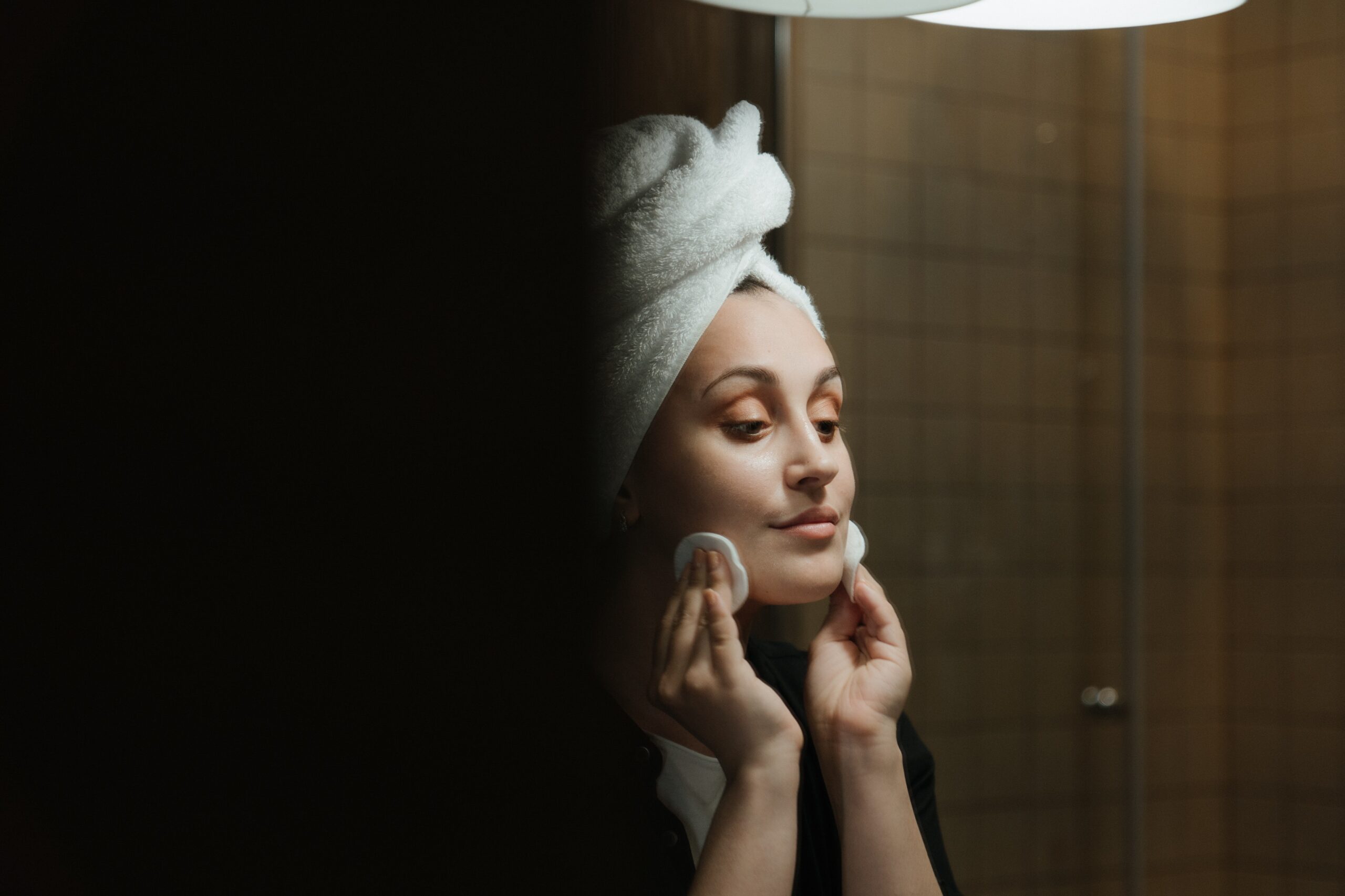In recent years, the integration of technology into fitness and beauty wearables has transformed the way individuals approach health, wellness, and personal care. From smartwatches that track physical activity to beauty devices that monitor skincare routines, innovative UI/UX design plays a crucial role in enhancing user experiences and driving adoption.
In this article, we’ll explore the latest trends and advancements in UIUX design for fitness and beauty wearables, and how they are revolutionizing the industry.
Table of Contents
1. Introduction: The Rise of Fitness and Beauty Wearables
Fitness and beauty wearables have become increasingly popular as individuals seek convenient and personalized solutions to track their health and beauty routines.
These devices leverage advanced technologies such as sensors, data analytics, and connectivity to provide users with real-time insights and actionable feedback.
As the demand for wearables continues to grow, UI/UX design has emerged as a key differentiator in creating seamless and engaging user experiences.
2. Personalization and Customization
One of the most significant innovations in UI/UX design for fitness and beauty wearables is the focus on personalization and customization. Wearable devices now offer users the ability to tailor their experience based on their unique preferences, goals, and needs.
For example, fitness trackers allow users to set personalized activity goals, track specific exercises, and receive personalized coaching based on their fitness level and objectives. Similarly, beauty wearables enable users to customize skincare routines based on their skin type, concerns, and desired outcomes.
3. Intuitive Interface Design
Another key innovation in UI/UX design for wearables is the emphasis on intuitive interface design. With limited screen real estate and input options, wearable devices require intuitive and user-friendly interfaces that prioritize simplicity and ease of use.
Design elements such as large, legible fonts, intuitive navigation menus, and responsive touch gestures are essential for ensuring a seamless user experience.
Additionally, innovative features such as voice commands, gesture recognition, and haptic feedback further enhance usability and accessibility for users.
4. Seamless Integration with Mobile Applications
Seamless integration with mobile applications is another area of innovation in UI/UX design for fitness and beauty wearables. Many wearable devices now come with companion mobile apps that provide users with additional functionality, data visualization, and insights.
These apps feature cohesive UI/UX design that seamlessly integrates with the wearable device, allowing users to access and sync data across multiple devices effortlessly.
Additionally, features such as real-time notifications, personalized recommendations, and social sharing capabilities enhance the overall user experience and engagement.
5. Gamification and Social Interaction
Gamification and social interaction have emerged as powerful motivators in UI/UX design for fitness and beauty wearables. By incorporating elements of gamification such as challenges, rewards, and leaderboards, wearable devices encourage users to stay active, motivated, and engaged with their health and beauty goals.
Social features such as sharing achievements, competing with friends, and joining virtual communities foster a sense of camaraderie and accountability among users, further enhancing motivation and adherence to wellness routines.
6. Advanced Health Monitoring and Analytics
Advancements in health monitoring and analytics have also revolutionized UI/UX design for fitness and beauty wearables. Modern devices are equipped with a wide range of sensors and algorithms that enable comprehensive health tracking and analysis.
From heart rate monitoring and sleep tracking to skin analysis and hydration monitoring, wearables provide users with valuable insights into their overall health and well-being.
Intuitive data visualization and actionable recommendations empower users to make informed decisions and take proactive steps towards achieving their health and beauty goals.
7. Conclusion: The Future of UI/UX Design for Fitness and Beauty Wearables
In conclusion, innovations in UI/UX design are driving significant advancements in fitness and beauty wearables, revolutionizing the way users engage with their health and wellness routines.
Personalization, intuitive interface design, seamless integration with mobile applications, gamification, social interaction, and advanced health monitoring are just a few of the key trends shaping the future of wearables.
As technology continues to evolve, UI/UX designers will play a crucial role in creating innovative and user-centric experiences that empower individuals to live healthier, happier lives through their fitness and beauty wearables.
8. Wearable Fashion and Aesthetics
Beyond functionality, wearable fashion and aesthetics are becoming increasingly important considerations in UI/UX design for fitness and beauty wearables.
As wearables become more integrated into daily life, users are demanding devices that not only perform well but also look stylish and appealing. Designers are exploring innovative materials, colors, and form factors to create wearables that seamlessly blend fashion with technology.
From sleek smartwatches to chic fitness trackers and elegant beauty devices, wearable fashion is evolving to reflect users’ individual tastes and lifestyles.
9. Environmental and Sustainability Conscious Design
With growing awareness of environmental issues and sustainability concerns, UI/UX designers are incorporating eco-friendly principles into the design of fitness and beauty wearables.
This includes using recycled materials, minimizing packaging waste, and designing products with longevity and durability in mind. Additionally, wearables are being designed to consume less energy, reduce carbon footprint, and promote sustainable lifestyle choices.
By aligning with users’ values and priorities, environmentally conscious design enhances the appeal and adoption of wearables among eco-conscious consumers.
10. Accessibility and Inclusivity
Accessibility and inclusivity are essential considerations in UI/UX design for fitness and beauty wearables to ensure that all users, regardless of abilities or limitations, can access and use the devices effectively.
Designers are implementing features such as adjustable font sizes, color contrast options, voice commands, and assistive technologies to make wearables more accessible to individuals with disabilities or special needs.
Additionally, inclusive design practices consider diverse user demographics, cultural backgrounds, and language preferences to create products that are inclusive and welcoming to all users.
11. Ethical Data Usage and Privacy Protection
As wearable devices collect and process sensitive health and personal data, UI/UX designers are prioritizing ethical data usage and privacy protection in their designs. Transparent privacy policies, clear consent mechanisms, and robust data encryption methods are essential for building trust and confidence among users.
Designers are also incorporating features such as data anonymization, opt-in/opt-out controls, and data deletion options to empower users with greater control over their personal information. By prioritizing ethical data practices and privacy protection, wearable devices can ensure the safety and security of user data while fostering trust and loyalty among users.
12. Continuous Innovation and Adaptation
In an ever-evolving landscape, UI/UX design for fitness and beauty wearables requires continuous innovation and adaptation to meet the changing needs and preferences of users.
Designers must stay abreast of emerging technologies, industry trends, and user feedback to iterate and refine their designs iteratively.
By embracing a culture of innovation and experimentation, designers can push the boundaries of what’s possible and create transformative experiences that empower users to lead healthier, more fulfilling lives through their wearable devices.
13. Conclusion
The future of UI/UX design for fitness and beauty wearables is bright, with endless possibilities for innovation and creativity.
From personalization and intuitive interface design to wearable fashion and sustainability, designers have the opportunity to shape the future of wearables and revolutionize the way users engage with their health and beauty routines.
By prioritizing user needs, ethical principles, and sustainability, designers can create experiences that not only enhance user satisfaction and engagement but also contribute to a healthier, more sustainable future for all.



